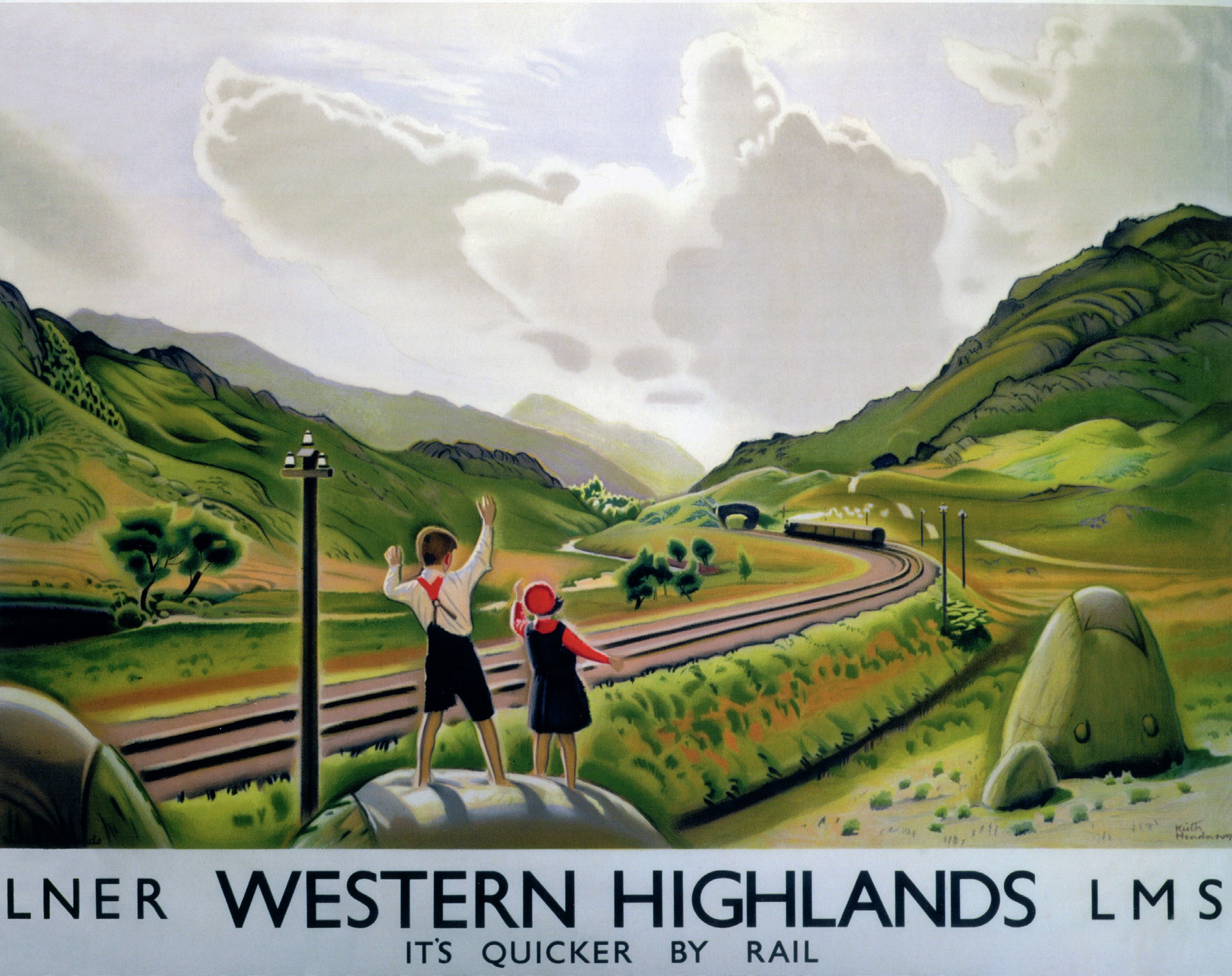
By 1900 almost every town in Britain had a railway station, and an extensive rail network linked inland towns and cities to sites on the coast. This fostered the growth of day-trips and longer stays at the seaside, and led in turn to the expansion of the resorts themselves. From the late nineteenth century until the early 1960s, pictorial posters were the chief marketing tools employed by the various railway companies.
Holidaymakers were an important source of revenue for the railways, and posters advertising leisure travel and tourism were displayed on station platforms and concourses, the appeal of their vivid pictures enhanced by their sooty workaday surroundings. Through these promotional posters the advertisers – the railway companies, in partnership with town councils in the resorts – commodified the holiday experience, selling their audiences sunshine, sea bathing, sightseeing and sports as accessible and affordable opportunities. They also emphasised the comfort and convenience of the trains themselves, the regularity of the services and, in images focused on the streamlined elegance of the locomotives, they implied the speed of the journey.
Your organisation does not have access to this article.
Sign up today to give your students the edge they need to achieve their best grades with subject expertise
Subscribe




